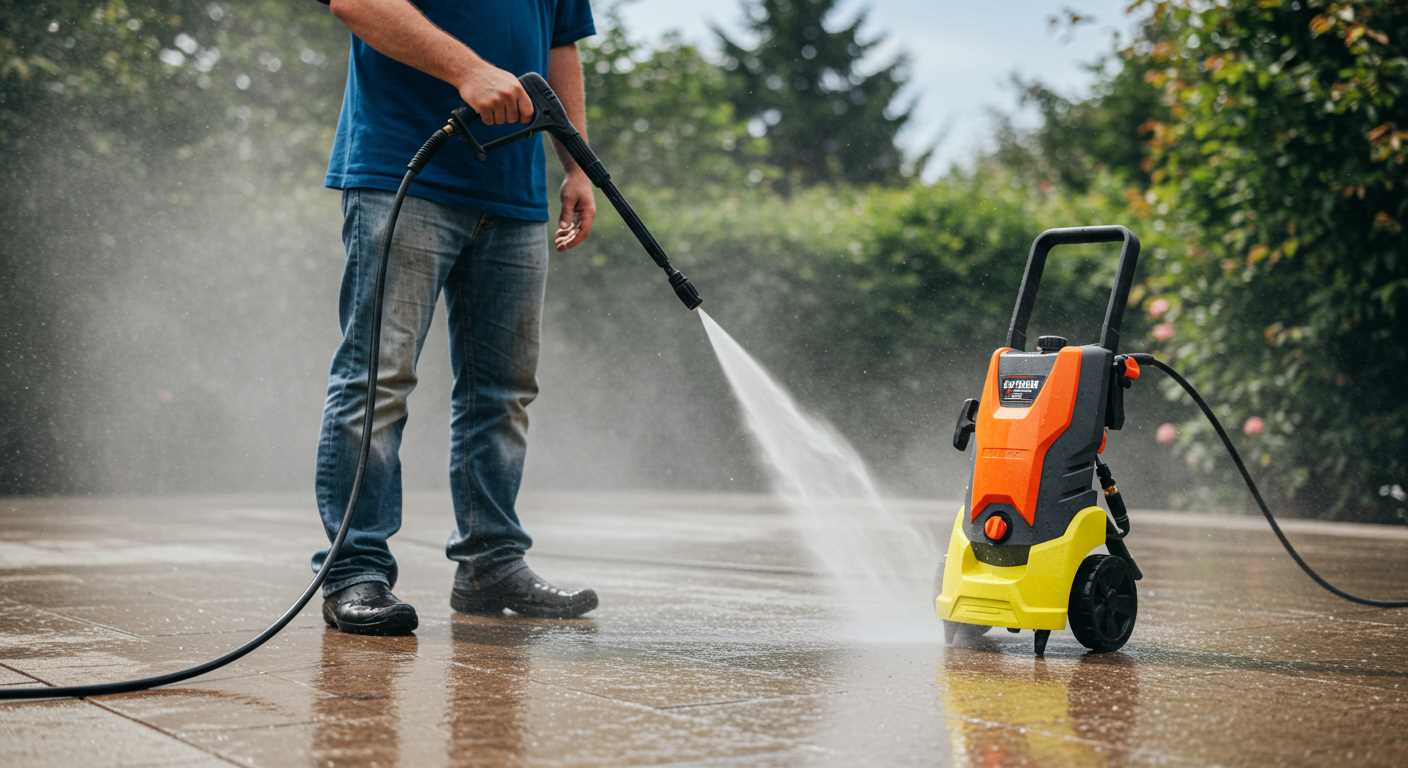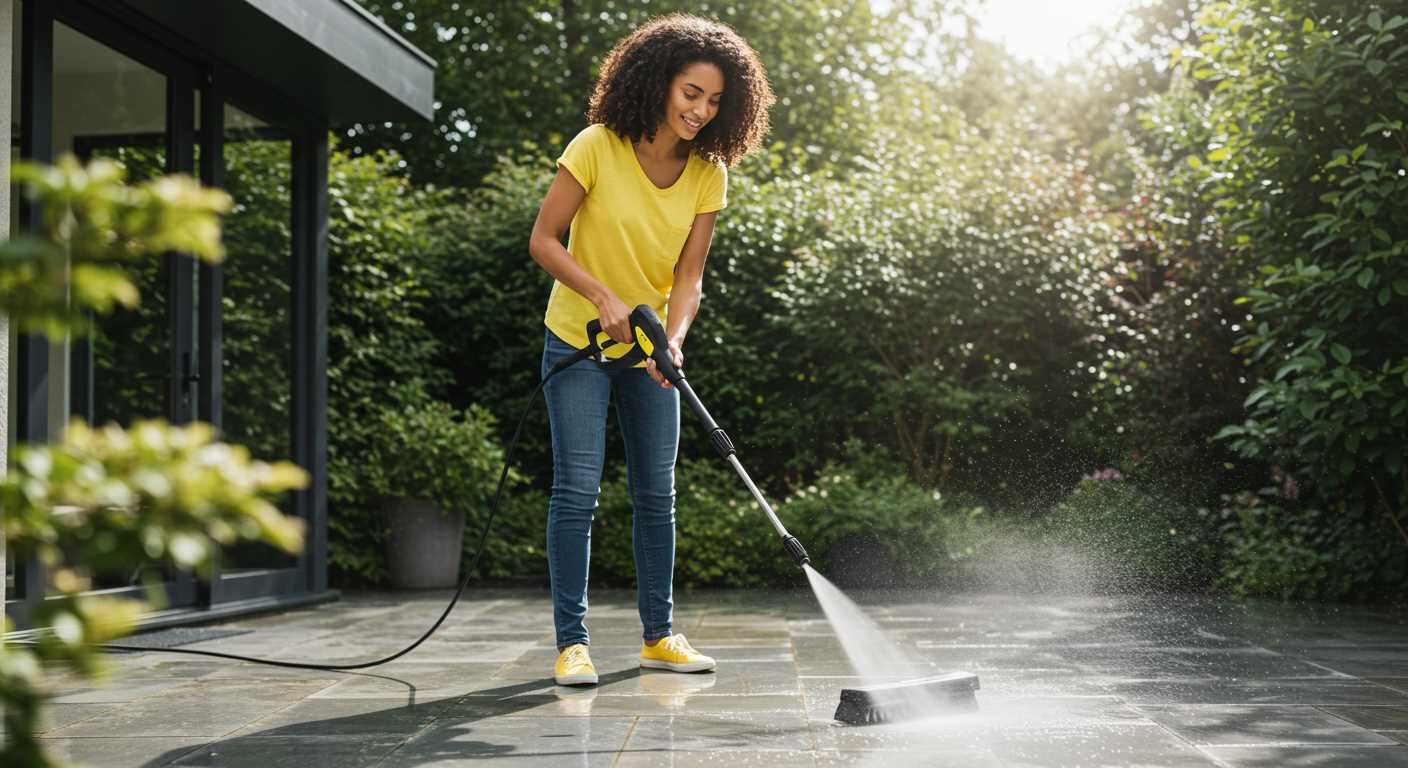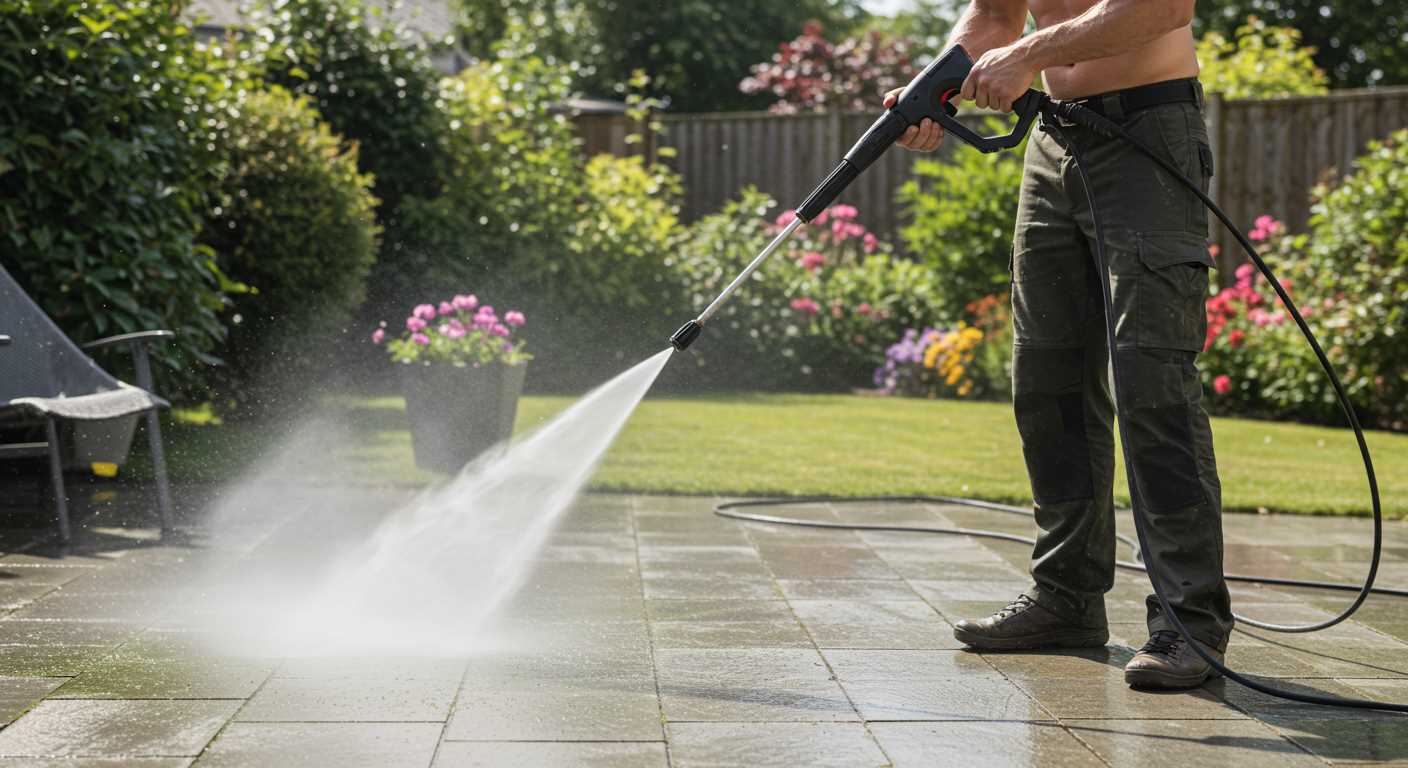



If your cleaning equipment is struggling to deliver the expected intensity, it’s crucial to investigate the possible issues straight away. A common reason could be an obstructed nozzle; debris and residues can block the flow of water, severely impacting performance. Regularly inspecting and cleaning the nozzle helps maintain optimal function.
Another key factor is the condition of the hoses. Look for any kinks, cracks, or leaks, as these can significantly impede water flow, causing a reduction in the appliance’s output. Replacing damaged hoses ensures a strong and steady stream during use.
It’s also essential to verify whether the inlet filter is clean. A clogged filter can restrict water intake, leading to poor results. Maintaining clean filters enhances usability and efficiency. Lastly, ensure that the machine’s pump is functioning properly; wear and tear can lead to diminished effectiveness. Regular maintenance and timely repairs are vital to keep your equipment operating at peak performance.
Identifying Low Output Issues in Cleaning Equipment
Inspect the inlet filter. A clogged filter blocks water entry, leading to weak performance. Remove the filter and clean it thoroughly.
Check the nozzle size. An incorrect nozzle can alter the flow rate significantly. Use the appropriate nozzle for your specific task to optimise the output.
Examine the hose for kinks or leaks. A damaged or twisted hose can reduce flow and diminish force. Ensure the hose is straight and free from any punctures.
Verify the connections. Loose fittings between components may cause air leaks. Ensure everything is tightly secured.
Consider the pump condition. Worn seals or damaged internal components hinder performance. Regular maintenance and timely replacement of parts are crucial.
Evaluate the supply water source. Low water supply can restrict flow to the unit. Ensure the water source is not obstructed and that pressure from the tap is adequate.
| Potential Issue | Solution |
|---|---|
| Clogged inlet filter | Clean or replace the filter |
| Wrong nozzle size | Use the correct nozzle for your task |
| Hose damage | Inspect and replace if necessary |
| Loose connections | Tighten all fittings |
| Pump wear | Perform maintenance or replace parts |
| Low water supply | Ensure a strong and clear water source |
Checking the Water Supply and Hose Connections
Verify the water source is active and not obstructed. A clean, consistent flow is paramount. Disconnect the supply hose from the unit and check for any kinks or blockages. Run water through the hose to ensure it is clear and to assess the water pressure from your tap.
Inspecting Hose Connections
Examine all hose connections diligently. Ensure that:
- The connection to the unit is secure and free from leaks.
- The hose is firmly attached to the water supply and seals well.
- All fittings are in good condition, as any damage may hinder performance.
Should you notice any fractures or wear, consider replacing affected components. A tightly sealed system maximises water flow, ensuring optimal operation.
Water Filter and Inlet Screen Maintenance

Check the water filter and inlet screen for debris. A clogged filter restricts flow and impedes function. Clean them as needed, following the manufacturer’s guidance. Regular maintenance guarantees unobstructed water supply and enhances longevity.
Inspecting the Pressure Washer Pump for Damage
Begin by examining the pump for visible signs of wear or damage. Look for cracks, corrosion, or leaks that may indicate a compromised unit. The pump casing should be intact; any noticeable dents or fissures can affect performance.
Check the seals and O-rings for deterioration. These components are crucial for maintaining the correct flow of water and preventing leaks. If they appear frayed or brittle, replacement is necessary.
Inspect the inlet and outlet ports for clogs. Debris can impede water flow, thus reducing output force. Ensure all passages are clear and free of blockages.
Listen for unusual sounds while the machine operates. Grinding or whining noises may signify internal issues, such as a failed bearing or misalignment, demanding immediate attention.
Test the pressure gauge functionality. An inaccurate reading can mislead diagnostics. If it doesn’t show the correct value when the unit is running, replacement might be required.
Lastly, confirm that the pump is correctly lubricated. A lack of lubrication can lead to overheating and eventual failure. Follow the manufacturer’s guidelines for oil type and maintenance intervals.
Examining the Nozzle for Clogs or Wear
I recommend starting with the nozzle, as issues here frequently lead to insufficient output. Begin by removing the nozzle and inspecting it closely for any debris or blockages. Even small particles can drastically diminish the flow. If you notice any buildup, clear it using a soft brush or a cloth. For stubborn clogs, soaking the nozzle in a solution of vinegar and water can help dissolve any mineral deposits.
Next, evaluate the wear on the nozzle tip. Over time, the nozzle can become worn or damaged, affecting its ability to concentrate the stream. A worn nozzle may produce a wider spray, reducing the force. If the tip appears rounded or excessively worn, replacing the nozzle is advisable to restore optimal performance.
Don’t forget to check the nozzle size. Using the wrong-sized nozzle for your machine can also impact the output. Ensure the nozzle is suited to the specifications of your unit for the best results.
After cleaning or replacing, reattach the nozzle securely and test the unit to see if the output improves. This simple step can make a significant difference in functionality.
Assessing the Pressure Regulator Functionality

Begin by examining the pressure regulator for any sign of malfunction. A faulty regulator can diminish fluid flow, causing a significant drop in output force. Ensure the regulator is clean and free from any blockages, which can impede its operation.
Checking Regulator Settings

Verify that the settings on the regulator align with the manufacturer’s specifications. Incorrect adjustments can result in poor performance. If the regulator features a dial or lever, assess whether it has shifted from its intended position.
Inspecting for Leaks
Carefully inspect the regulator for any leaks that could compromise functionality. A small amount of leaking fluid may indicate a worn seal or a damaged component. Addressing these issues promptly can restore optimal flow and improve overall performance.
Reviewing the Trigger Gun and Wand for Issues
Identify leaks or cracks in the trigger gun and wand, as these defects can severely impact output. Check for visible wear around the seals and connections. A simple visual inspection often reveals problematic areas.
Ensure the trigger mechanism operates smoothly. A sticking trigger can impede proper flow. If the trigger feels unresponsive or jams, lubricate its components or consider replacement. This is critical for maintaining optimal performance during use.
Connection Points
Examine the connection between the wand and the nozzle. Loose fittings might lead to water escape, ultimately affecting the force delivered. Tighten any loose parts but avoid overtightening, which can cause damage.
Trigger Gun Internals
If water flows continuously without pulling the trigger, inspect the internal components. A stuck or broken internal part within the trigger gun might be the source. Cleaning or replacing these components can resolve flow issues and restore functionality.
In summary, a thorough check of the trigger gun and wand is crucial in troubleshooting output issues. Addressing even minor defects can lead to significant improvement in functionality.
Evaluating the Engine or Motor Performance
To pinpoint issues with lower output, first, inspect the engine or motor specifications and ratings. An engine underperforming could stem from several factors, including fuel quality, air filter blockages, or ignition problems.
Steps to Assess the Engine or Motor
- Check the fuel tank for the type and quality of fuel. Old or contaminated fuel can compromise engine functionality. Replace with fresh fuel if necessary.
- Examine the air filter. A clogged filter restricts airflow, affecting overall performance. Clean or replace it depending on its condition.
- Inspect the spark plug. A worn or fouled spark plug can hinder ignition. If it appears dirty or eroded, replace it to ensure proper spark generation.
- Listen for unusual sounds when the engine runs. Rattling or knocking sounds might indicate internal issues requiring attention.
Motor-Specific Considerations
- Ensure electrical connections are secure. Loose wires can lead to inconsistent power delivery.
- Monitor for overheating, as this can signify overload or malfunction within the motor. If overheating occurs, let it cool down and check for blockages or component failure.
- Validate the motor’s rating matches the equipment specifications. An underpowered motor will struggle to perform adequately.
Conduct routine maintenance on the engine or motor to mitigate performance issues. Regular checks can prevent significant malfunctions and extend operational lifespan.








